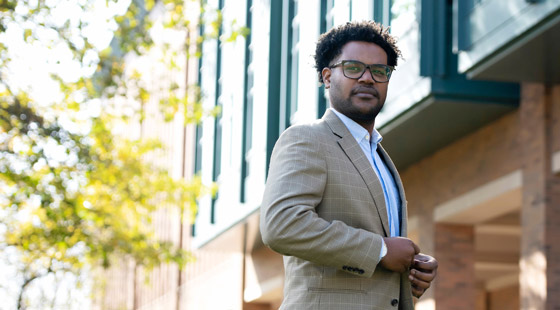
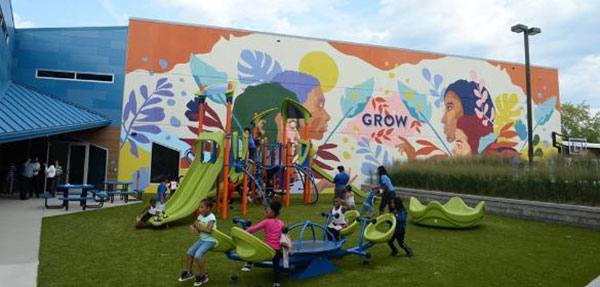
“We are committed to our city, we are committed to our neighborhood, and we are putting our resources and our competencies to work in a way that is going to lift up the lives of the children of the Drake Neighborhood and their families.” — Drake University President Marty Martin upon the opening of the Gregory & Suzie Glazer Burt Club on Aug. 23, 2019.
Located on the southwest corner of 25th Street and Forest Avenue, the Gregory & Suzie Glazer Burt Club is only the second Boys & Girls Club in the nation located on a private college or university campus. In addition to providing kids and teens in our community with a safe, supportive place to be after school and during the summer, the Club provides numerous educational and service opportunities for Drake students and further integrates the University with the surrounding neighborhood.
X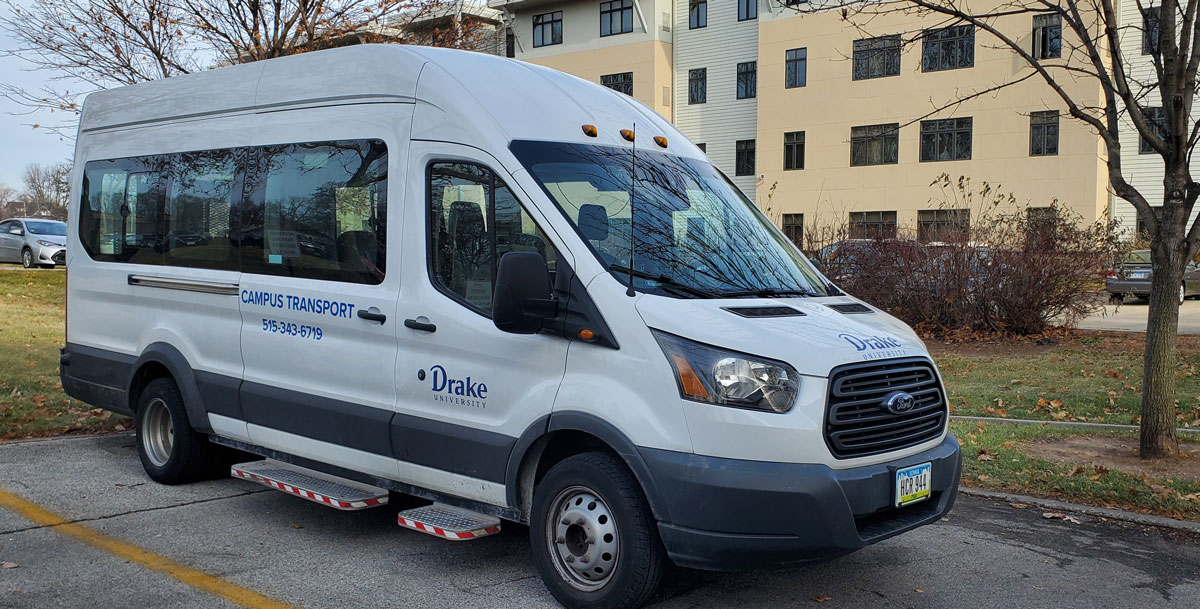
The Office of Information Technology Services is committed to providing Drake University with a robust and connected technology environment. ITS recently completed two hy-flex classrooms, which allow simultaneous in-person and remote instruction. Also, as part of the Meredith revitalization, ITS upgraded technology in six classrooms and implemented an enhanced network design including 48 new wireless access points to improve coverage throughout the building. ITS also installed additional access points in Aliber Hall to expand the wireless network coverage. The University’s robust infrastructure continues to outperform its targets. Since the beginning of 2022, critical systems have been available more than 99.55% of all hours and have exceeded performance targets more than 99.86% of the time.
X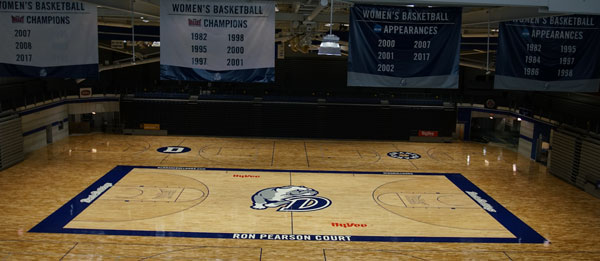
Drake alumnus John Lorentzen, BN ’77, AS ’77, and spouse Penney Fillmer challenged Drake University in late 2017 to increase its commitment to sustainable practices. Responding to the challenge, Drake’s Facilities Planning and Management team identified several projects that would reduce the University’s carbon footprint and save Drake more than $40,000 annually in energy costs. These projects included a new lighting system in the Knapp Center, the installation of LED lights across campus, and solar panels on the Tennis Center, which are scheduled to be installed this summer. Thanks to a generous matching gift from the Lorentzen’s and support from alumni and friends, Drake fully secured the funds needed to make these projects a reality. As a result of this shared vision, Drake is one step closer toward achieving its carbon reduction goal.
X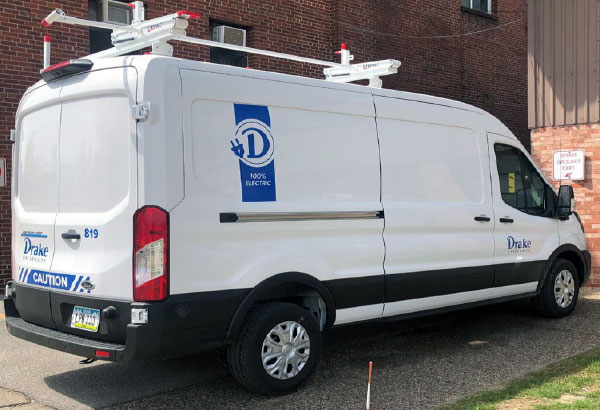
Facilities Planning and Management has continued to keep sustainability a priority with the adding of five Ford E-Transit vans to our fleet. These vans are 100% electric and will help Drake reduce our carbon footprint. Fun Facts about the new E-Vans:
o Lower maintenance costs, as much as 40% less than gasoline-powered vans
o Certified as a zero-tailpipe emissions vehicle
o Battery (400V lithium-ion) is located under the body to maximize cargo space and provides 126 miles of range

Brent and Diane Slay partnered with Drake to create the Slay Fund for Social Justice, which is directed by Professor Renee Cramer. This is the first formal organization on campus dedicated to social justice issues. The Slay’s generosity has provided numerous students with experiential learning opportunities and connected Drake with Des Moines community non-profit agencies. Through support from the Slay’s, Law Professor Brent Pattison was awarded a grant to support an innovative project called #KnowJustice, in which Drake Law School students teach in-need youth about their civil liberties through art. Volunteers from the Drake Law School Legal Clinic facilitate workshops on school policies, juvenile courts, and immigration, and encourage the children to express themselves and illustrate their understanding of what they learned through art.
X